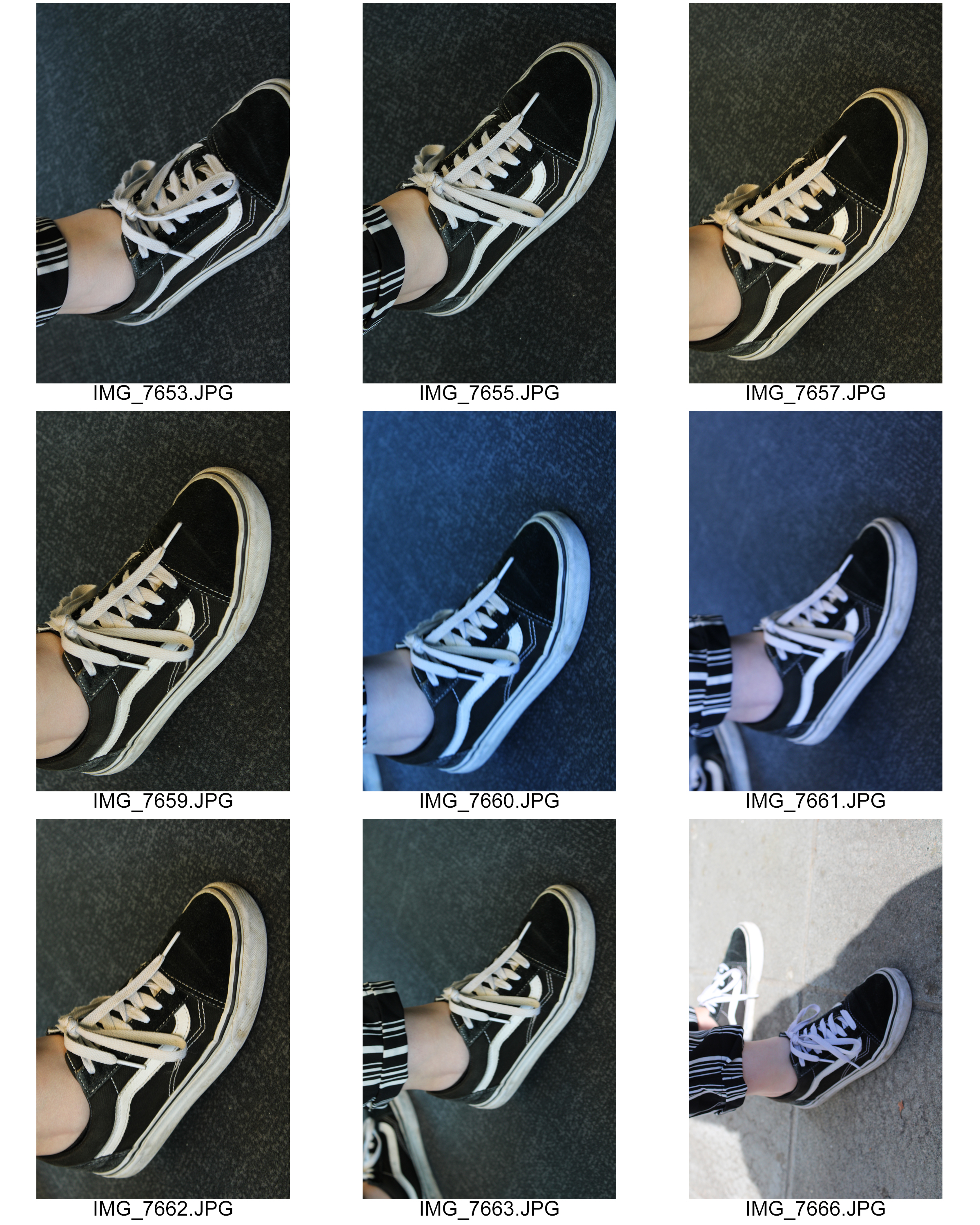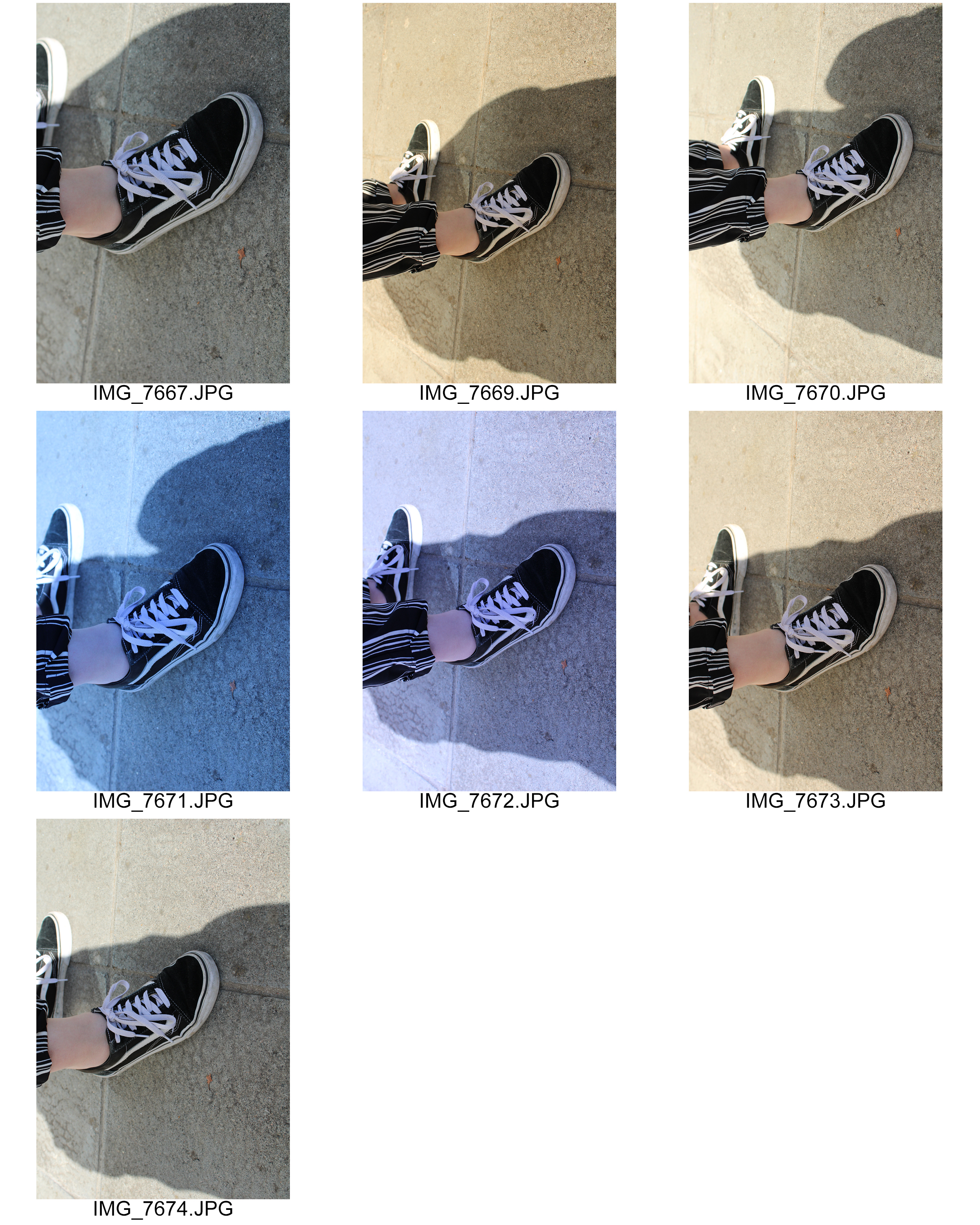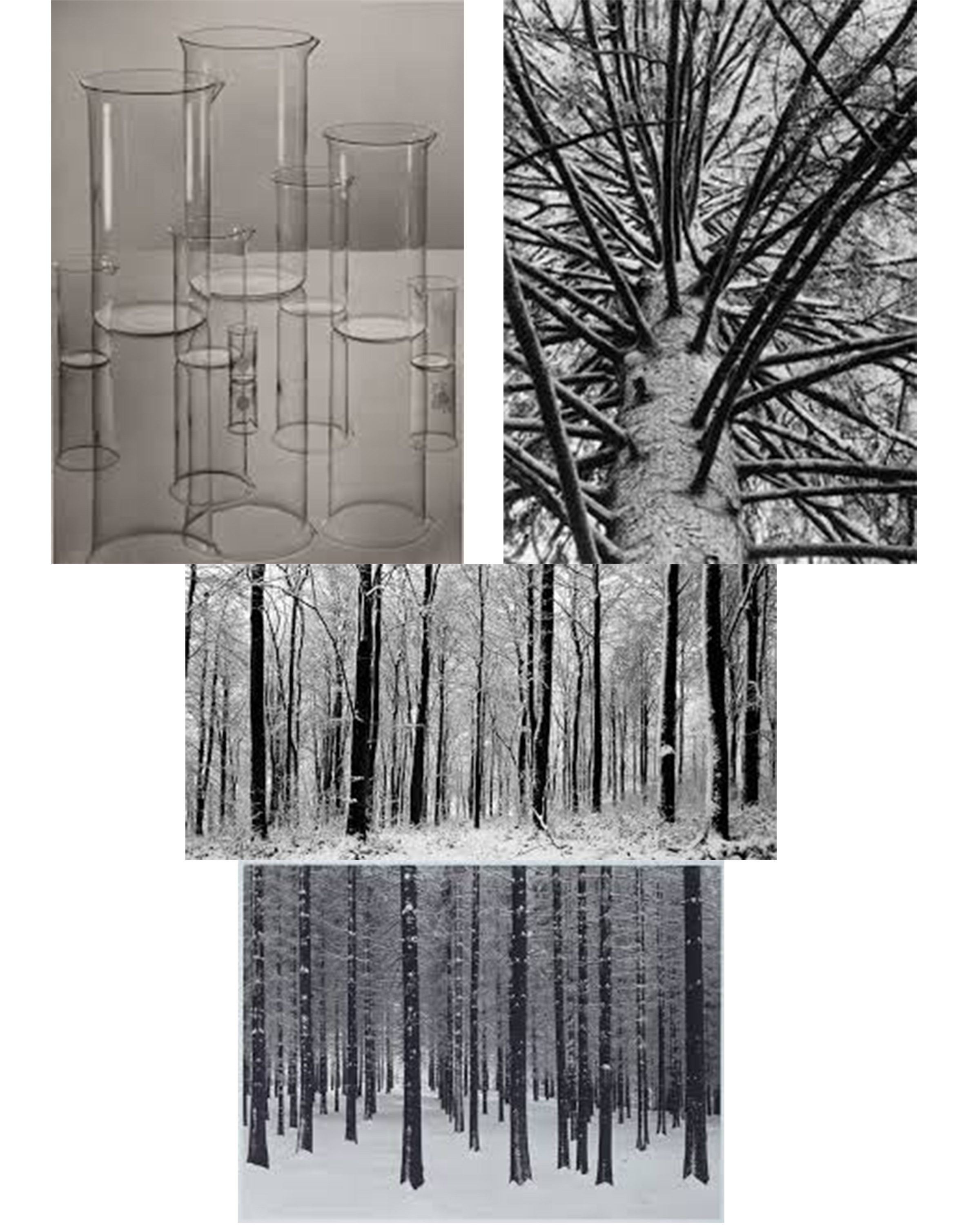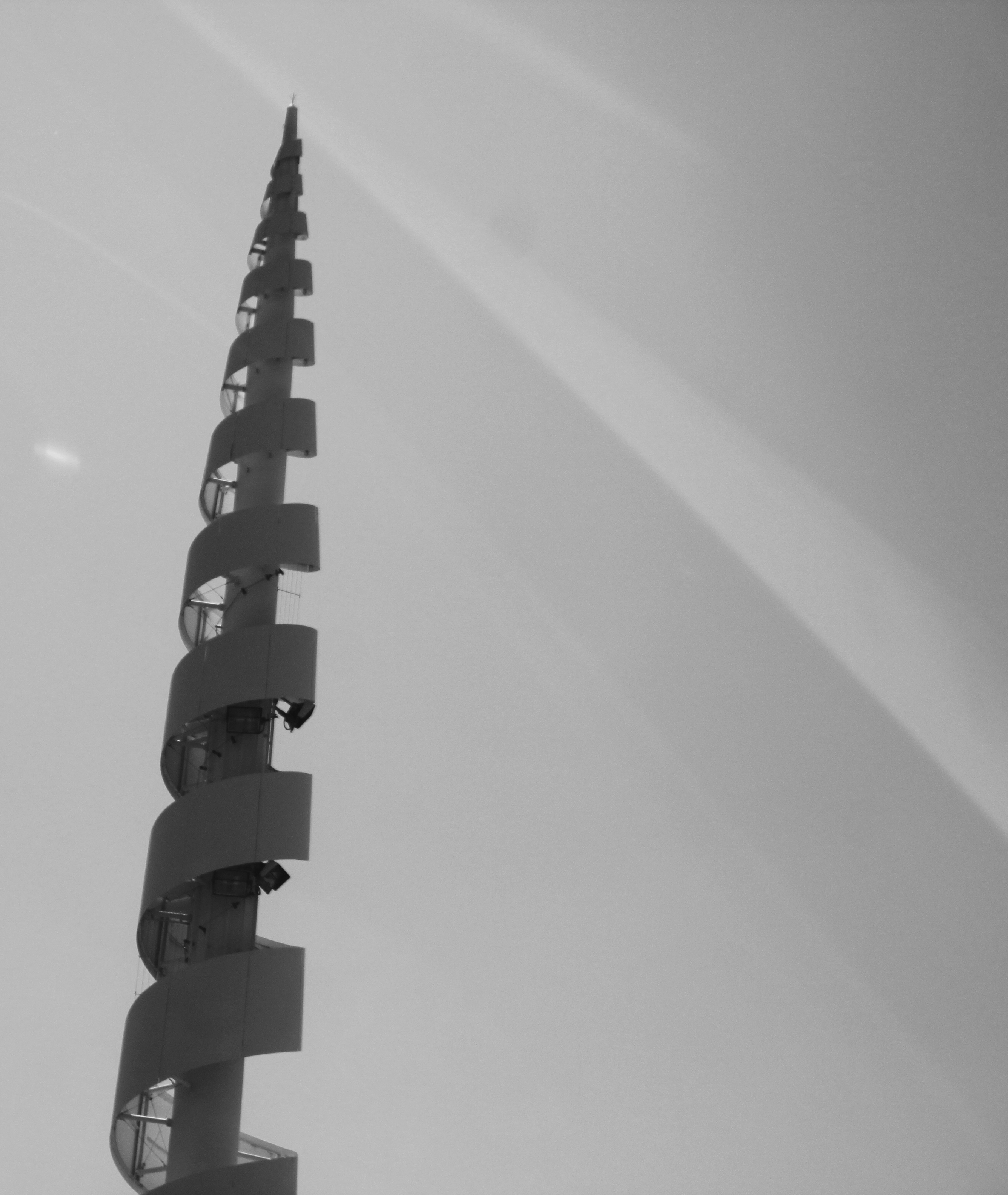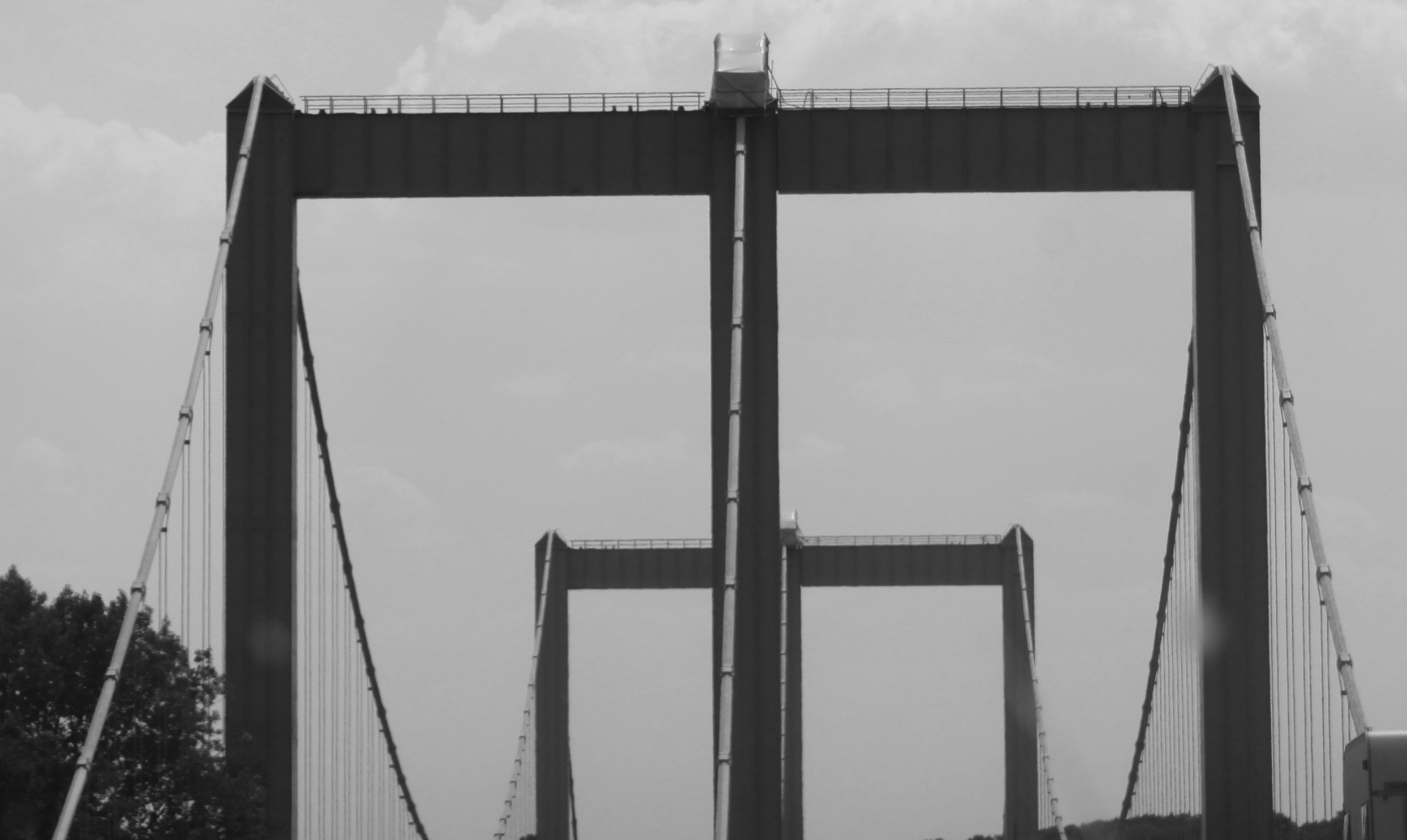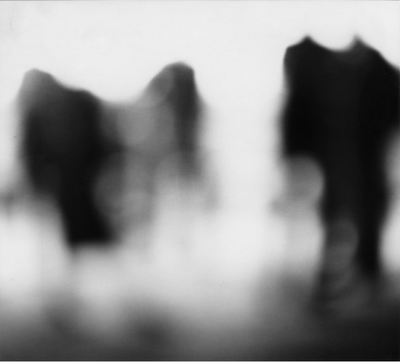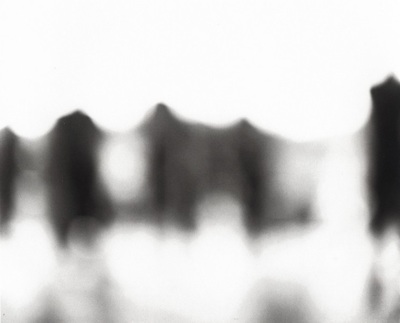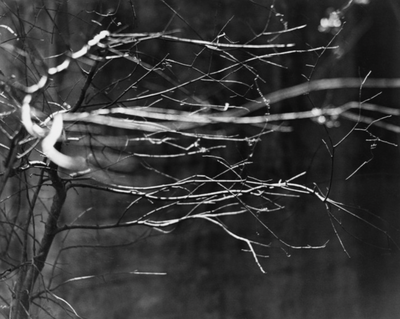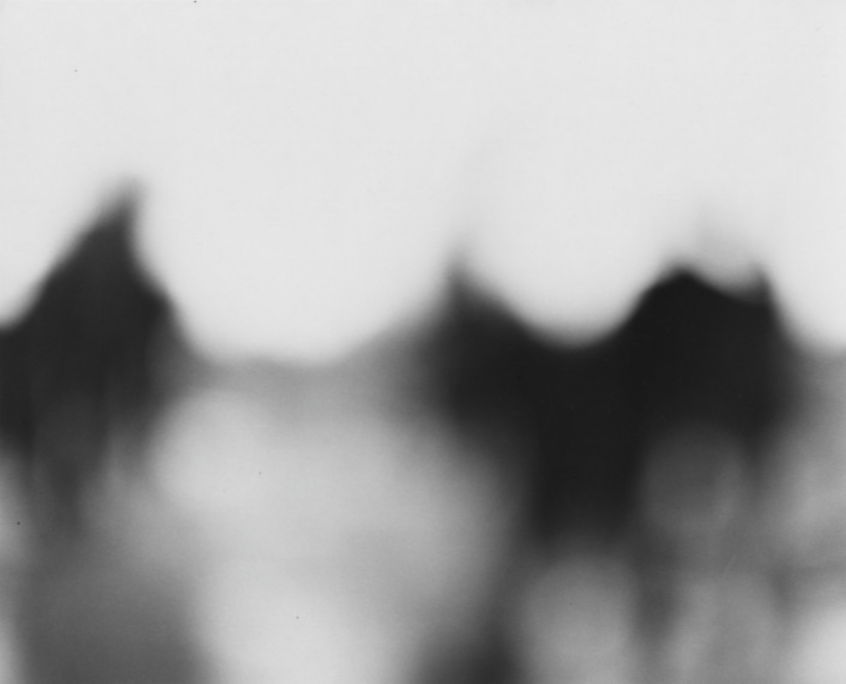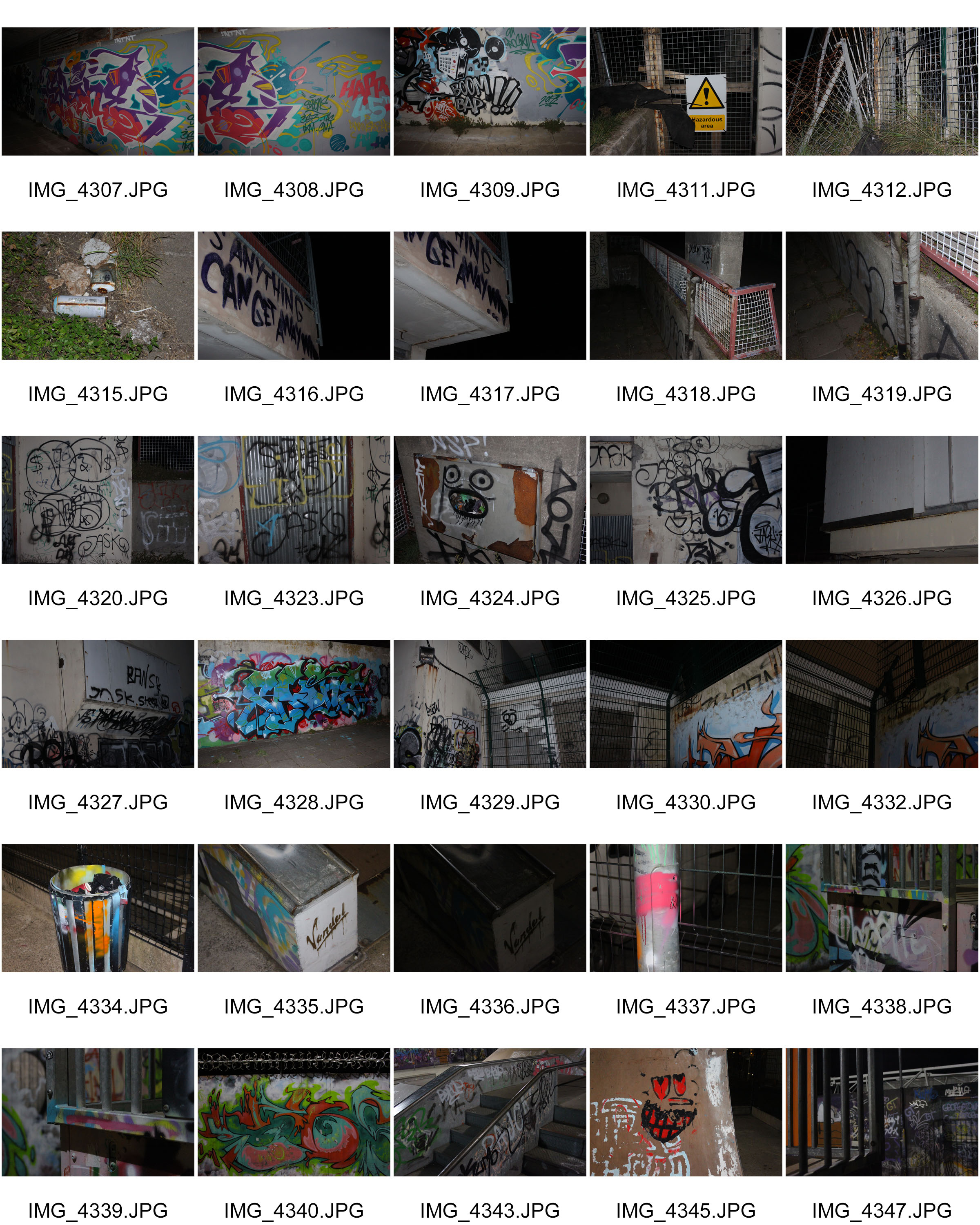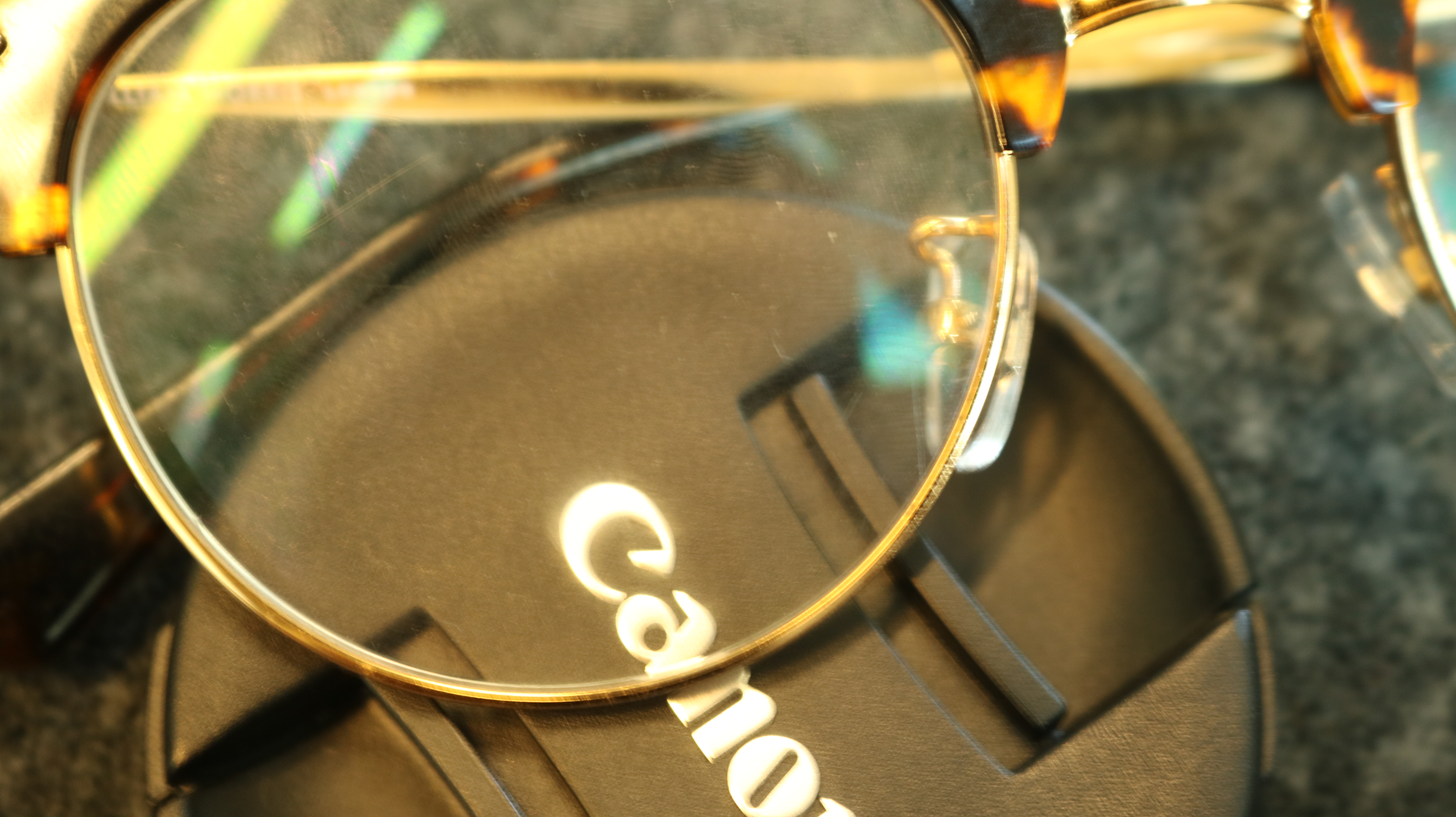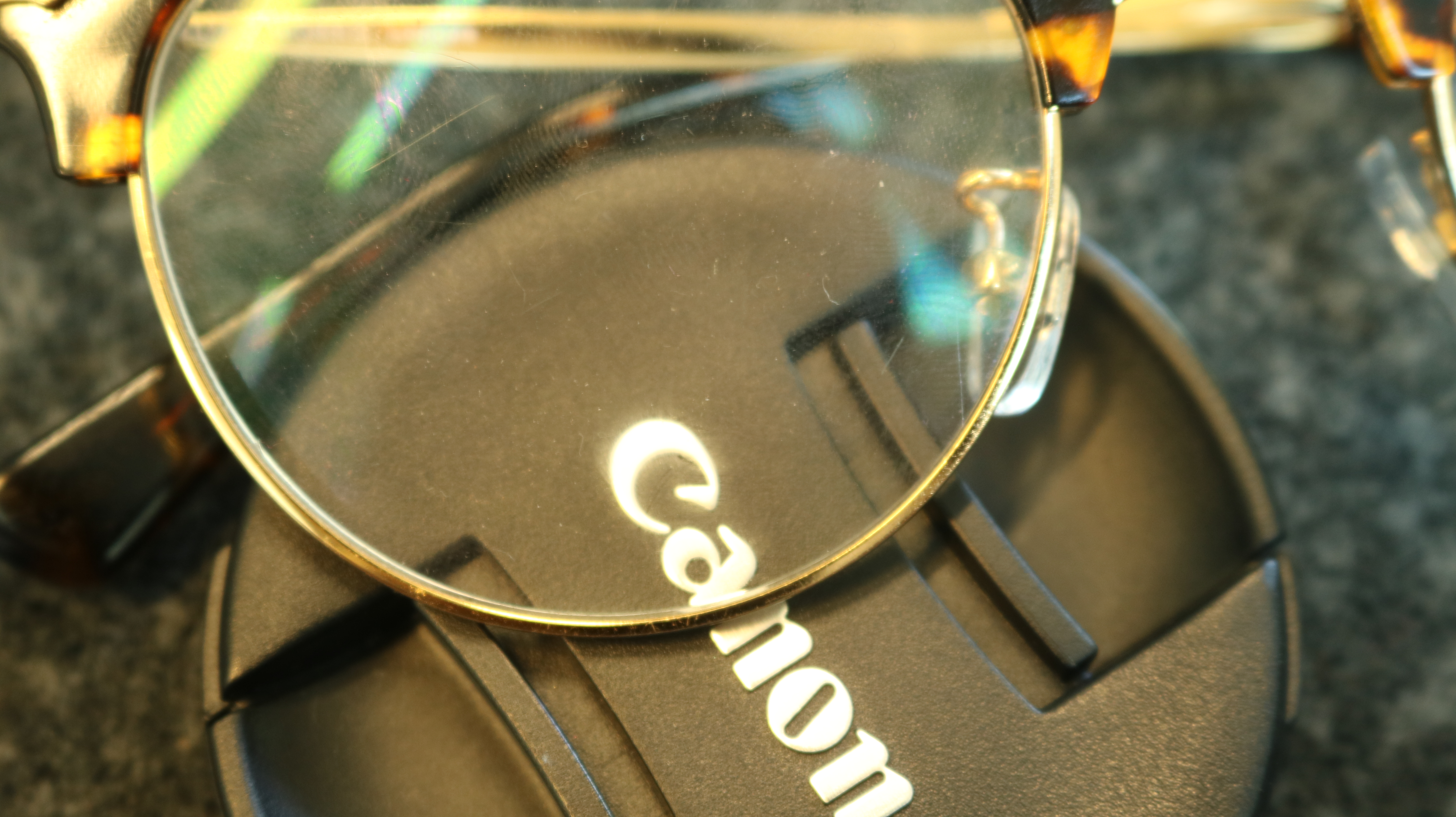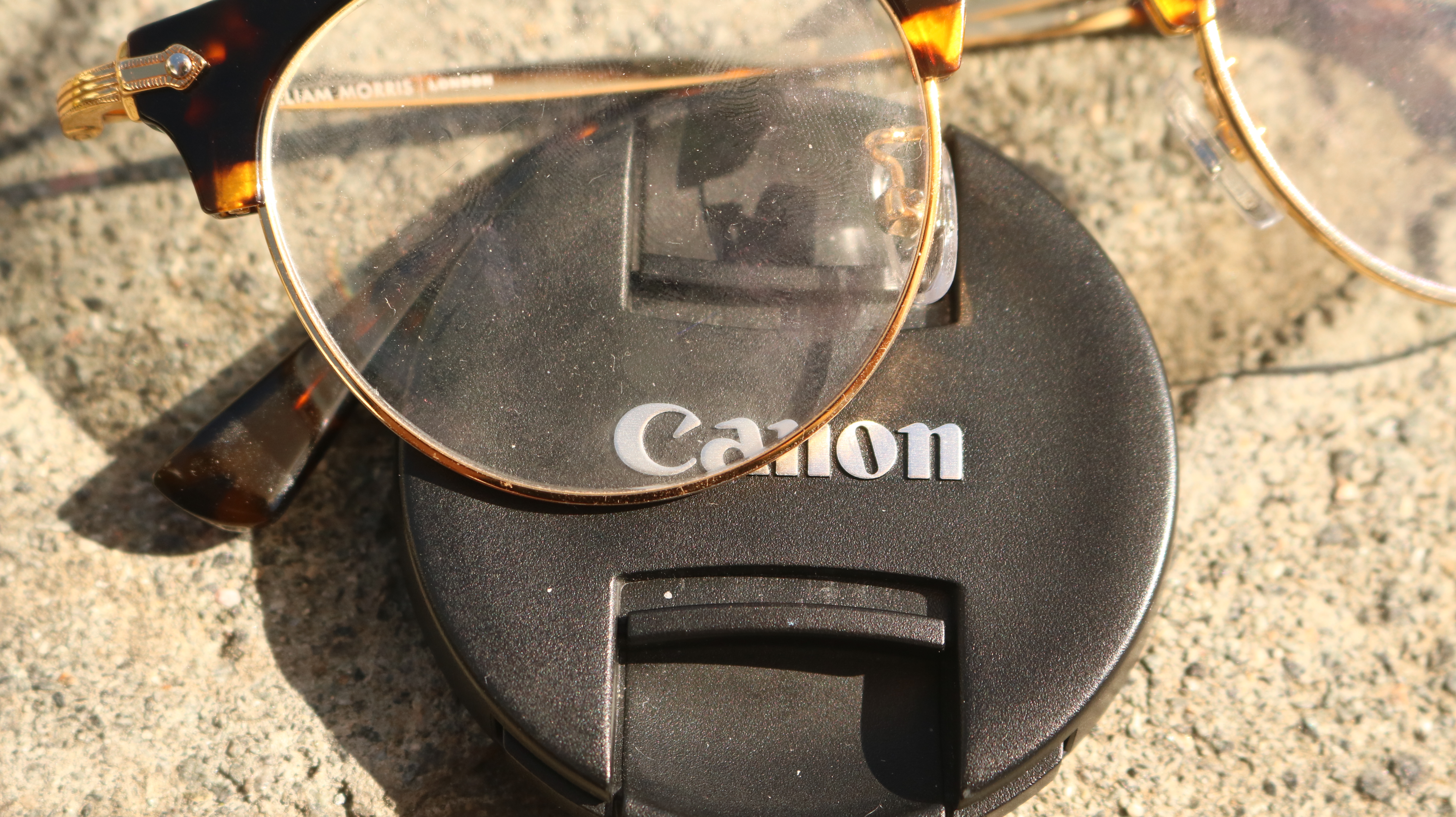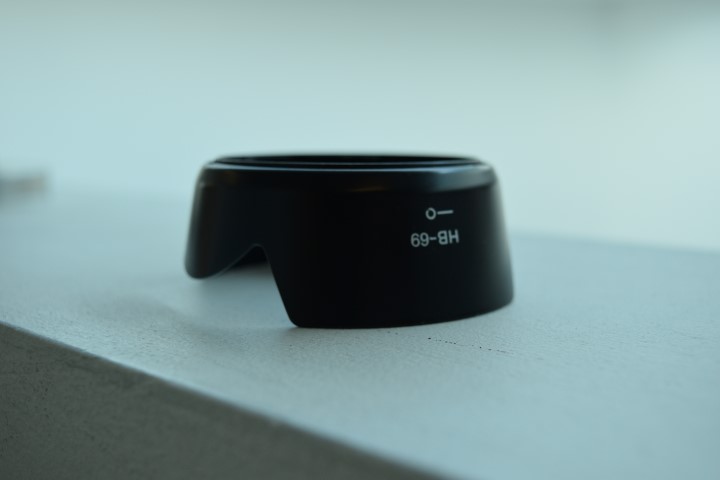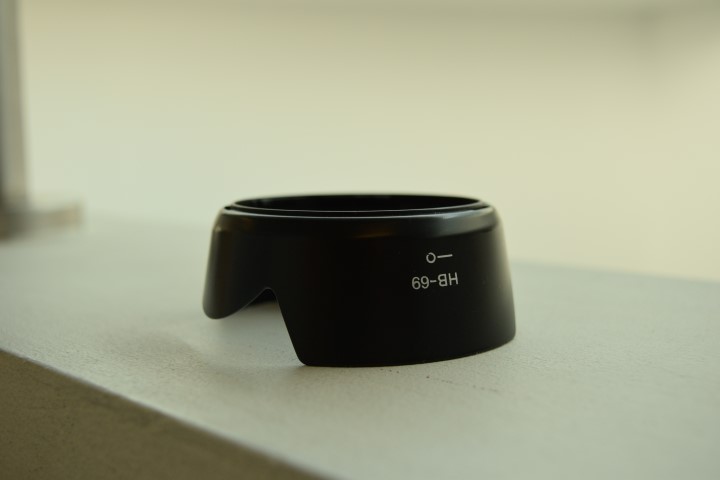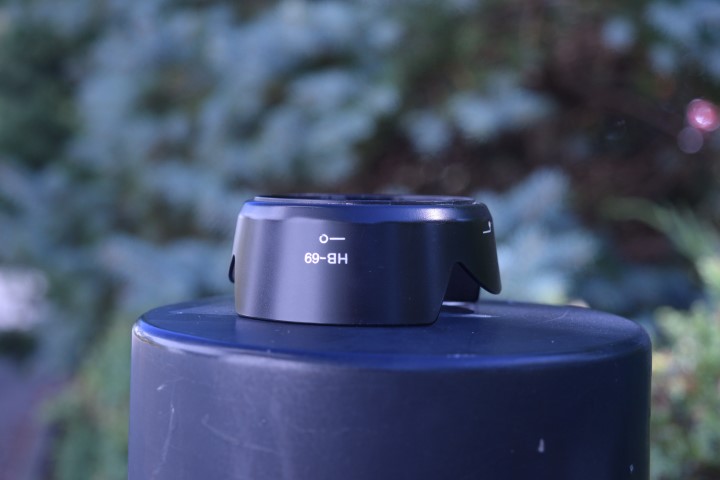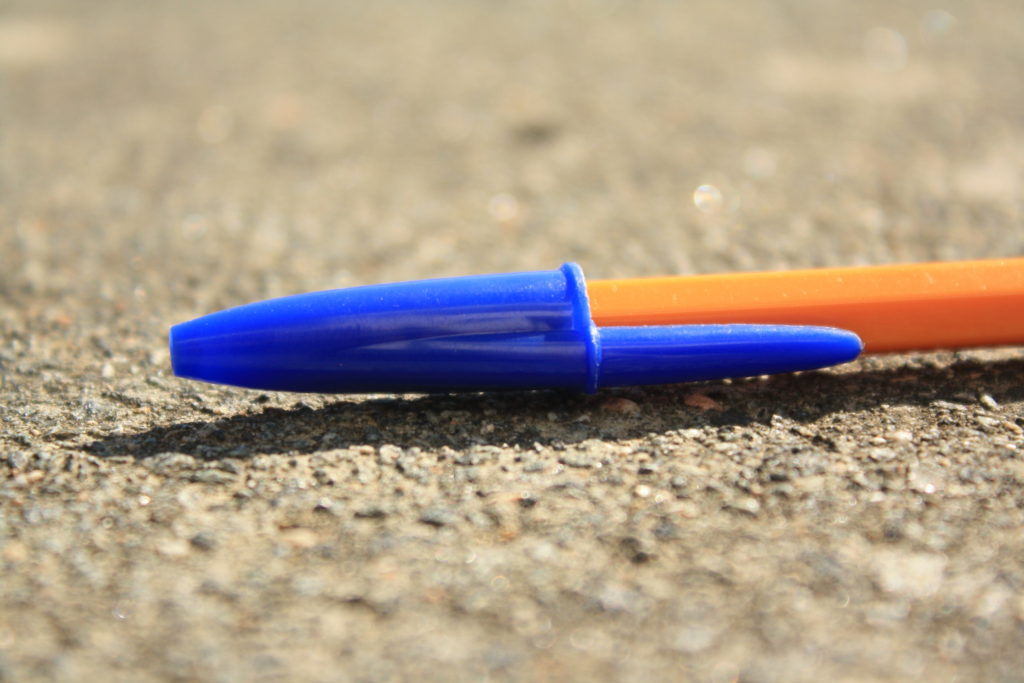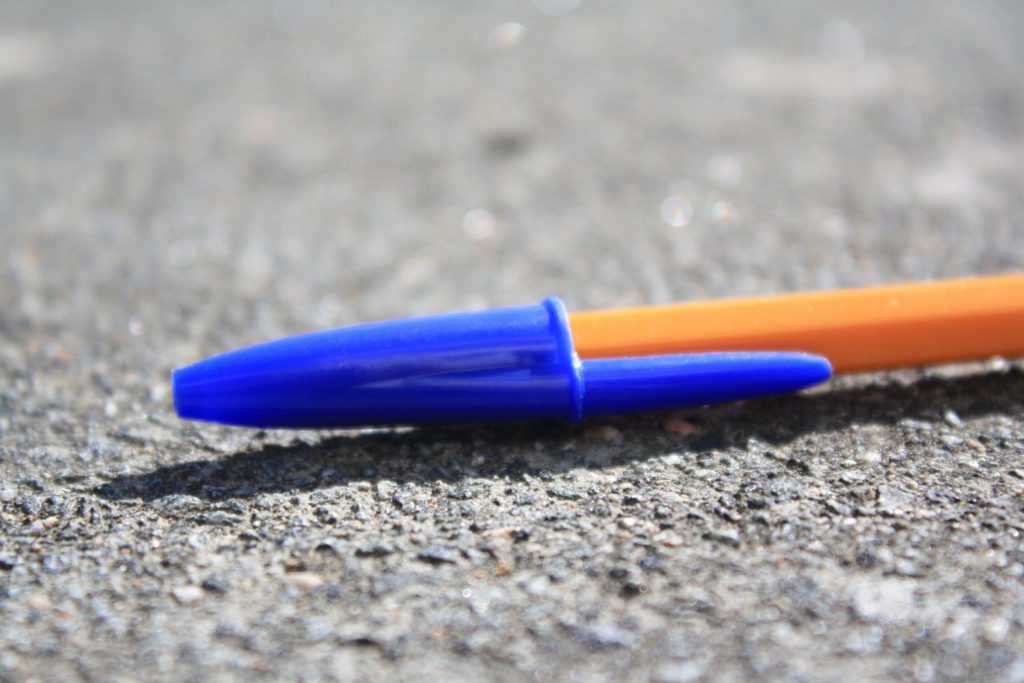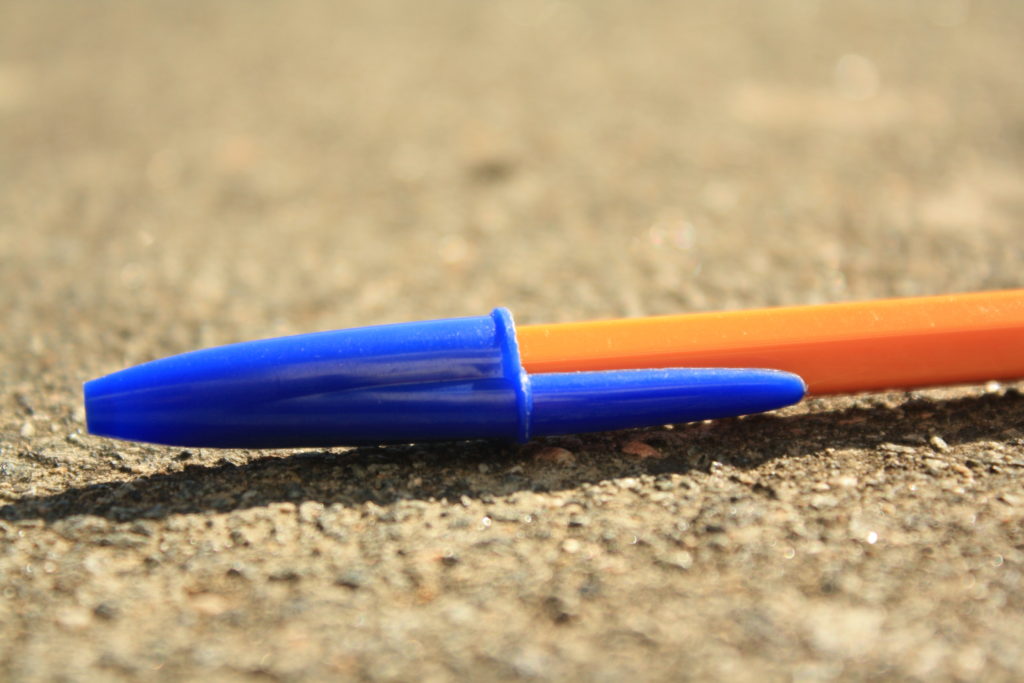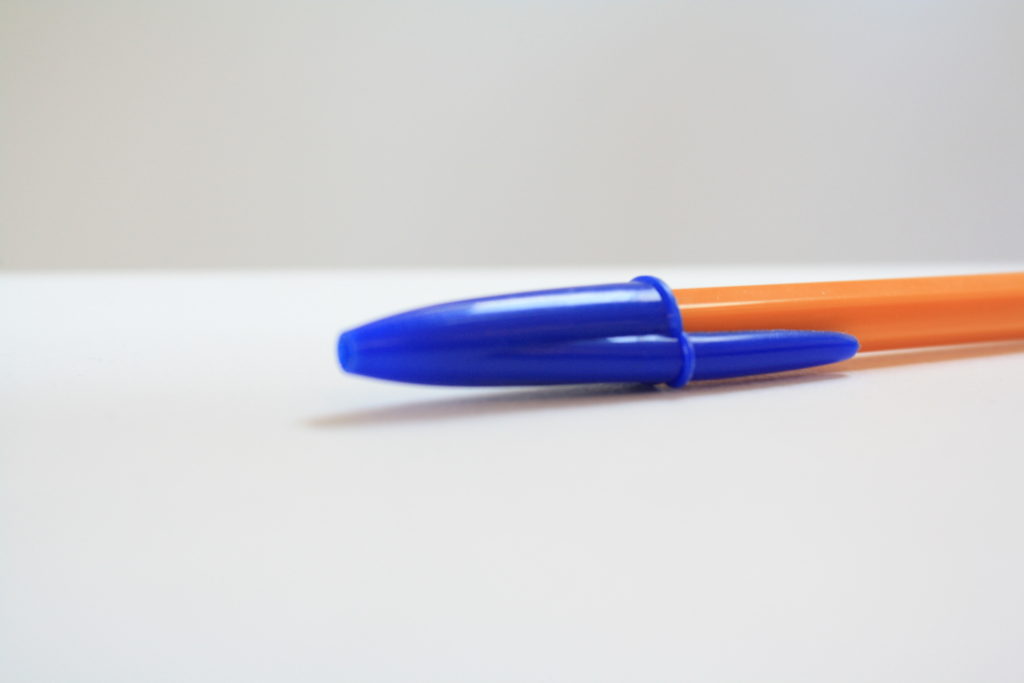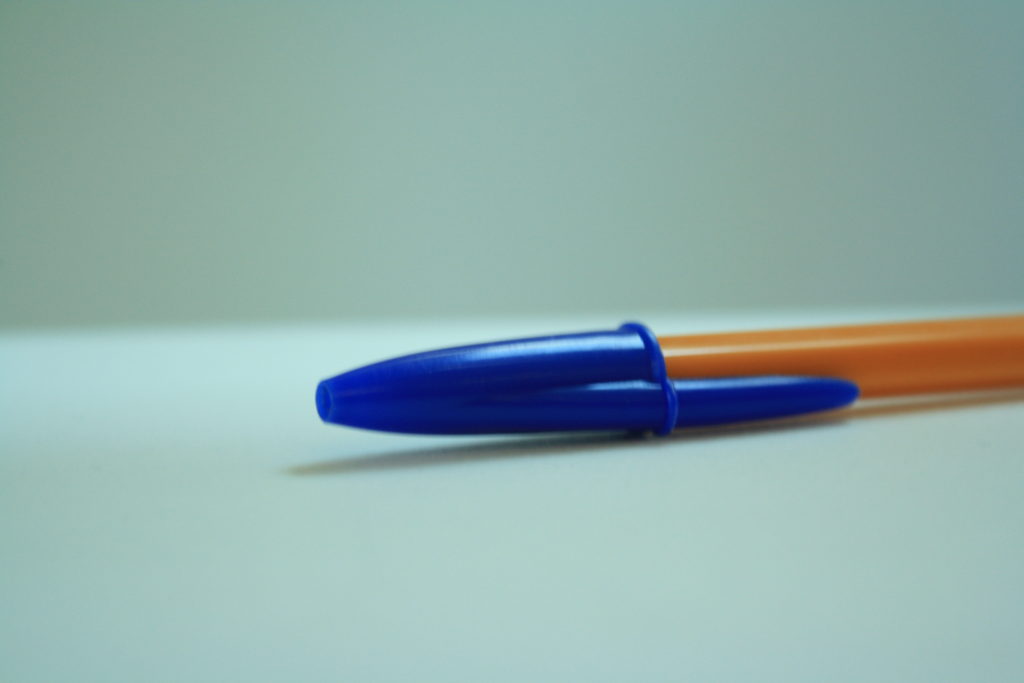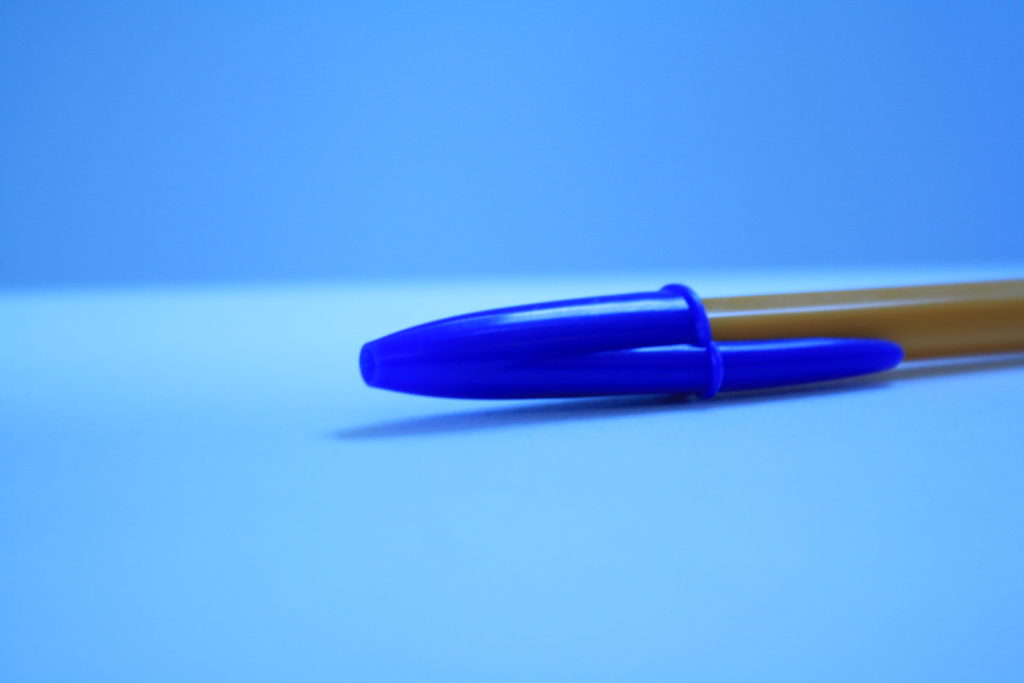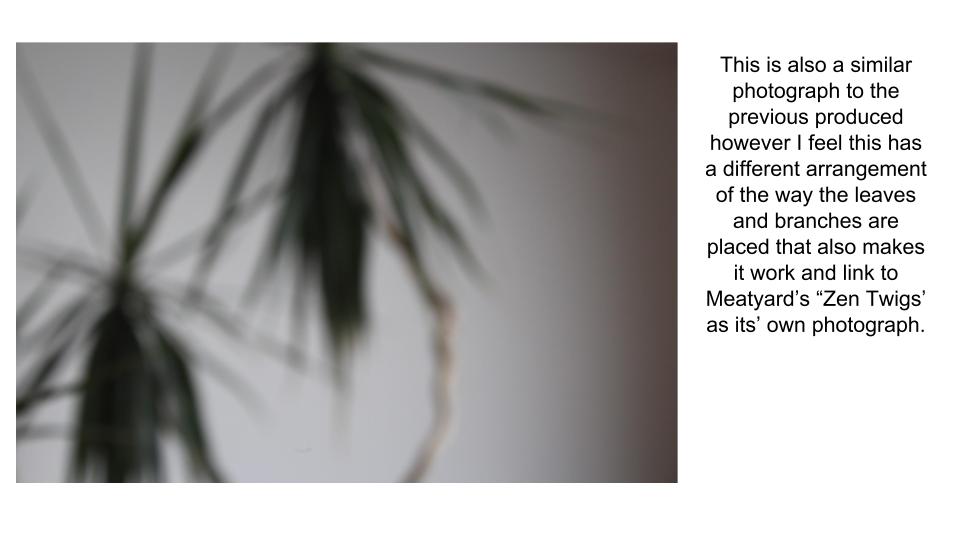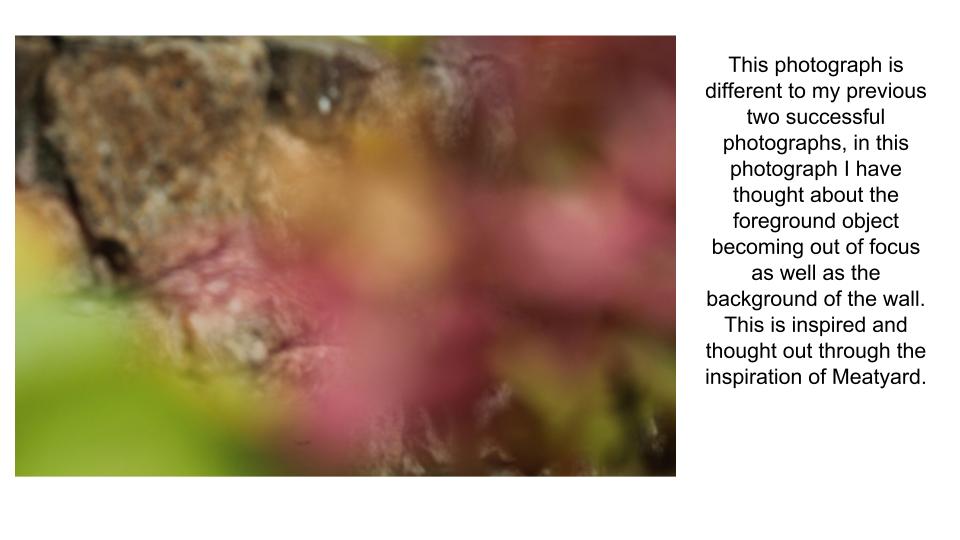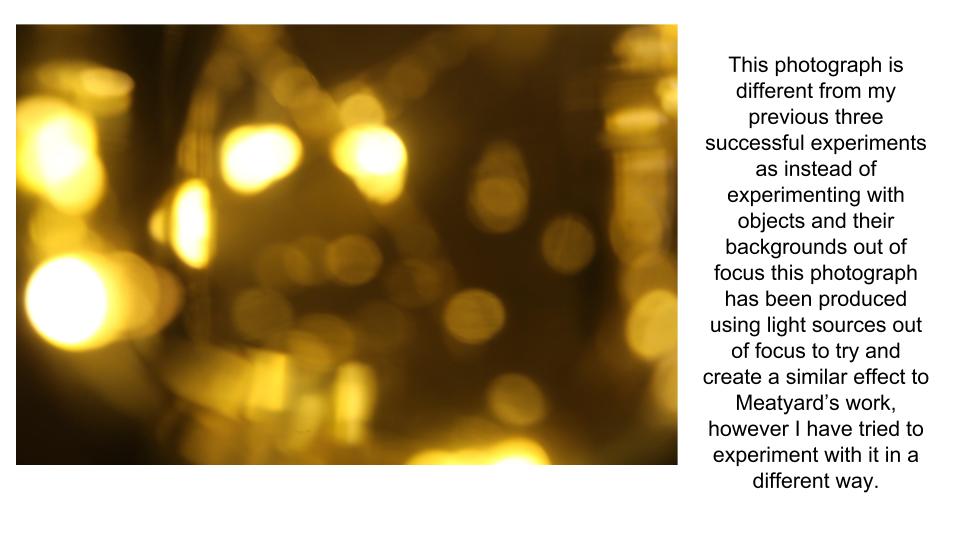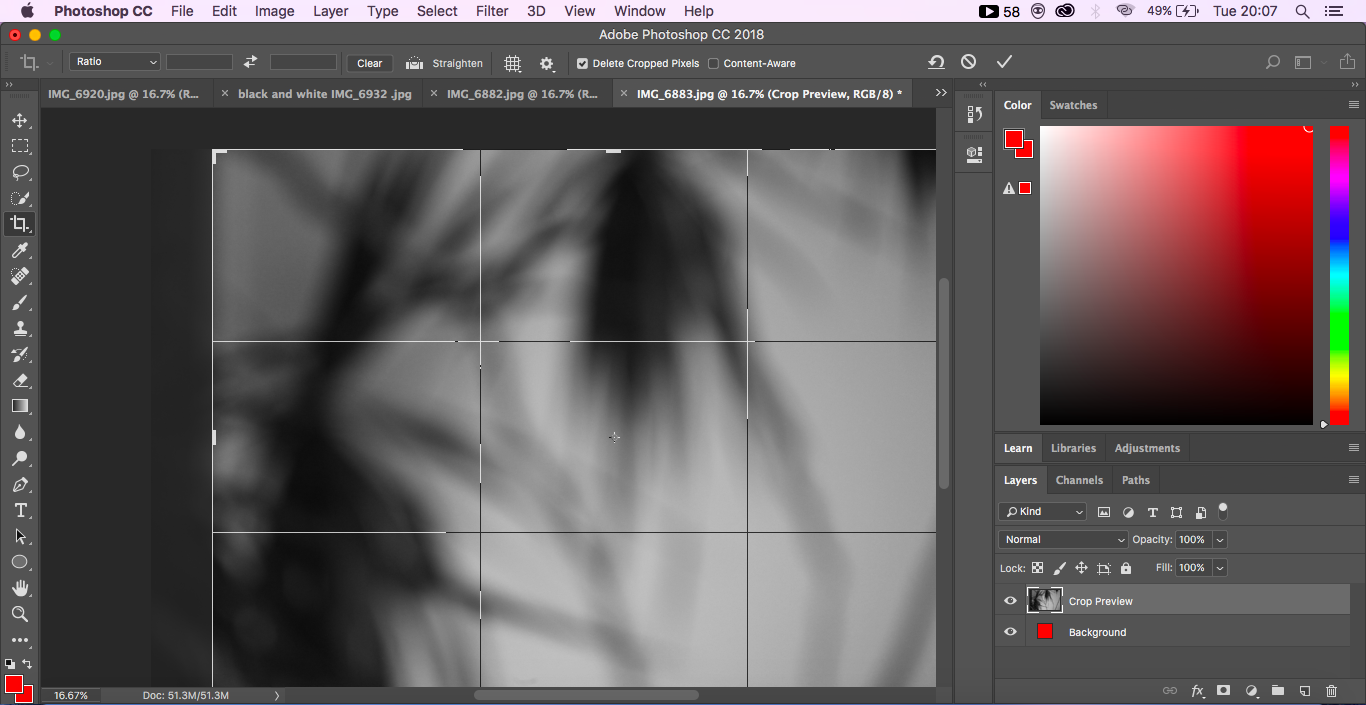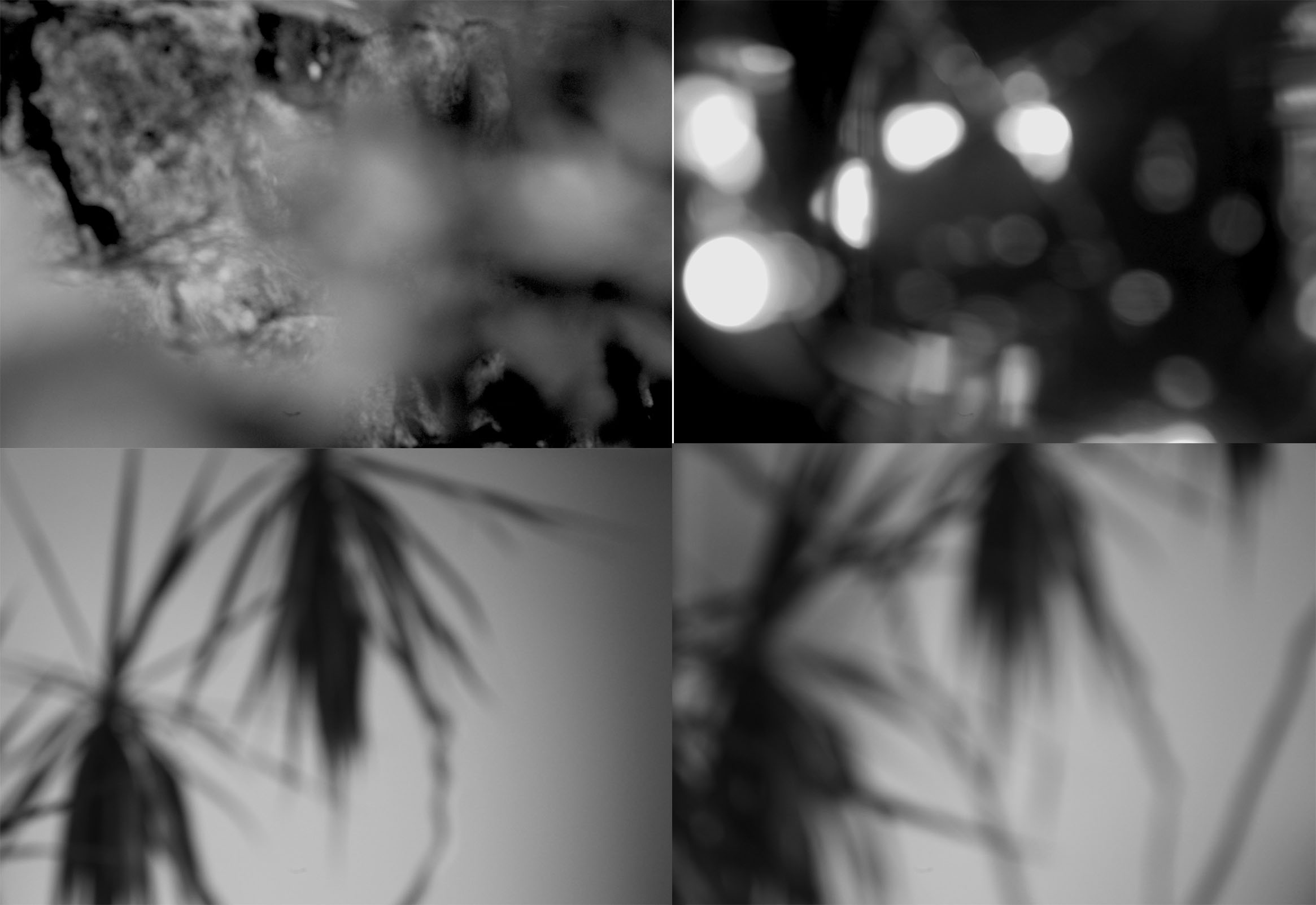ISO:
ISO simply stand for International Organisation of Standardisation. Changing the ISO of a camera controls its sensitivity to light, helping to manage the exposure of an image and prevent under and over-exposure of frames.
Changing the ISO changes the cameras sensitivity to light and can therefore allow for clean frames in lighter and darker places. The lower the ISO the lower the sensitivity to light, and vice versa to higher the ISO the higher the sensitivity to light will be. One downside to ISO is the higher the ISO the noisier or grainier an image becomes, as displayed below.
http://www.digitaltrends.com/phtotgraphy/what-is-iso/
Examples of my experiment in indoor lighting:
Settings: 200, 5.6 ISO 100-6400


Examples of my experiment in outdoor lighting:
Settings: 200, 5.6 ISO 100-6400
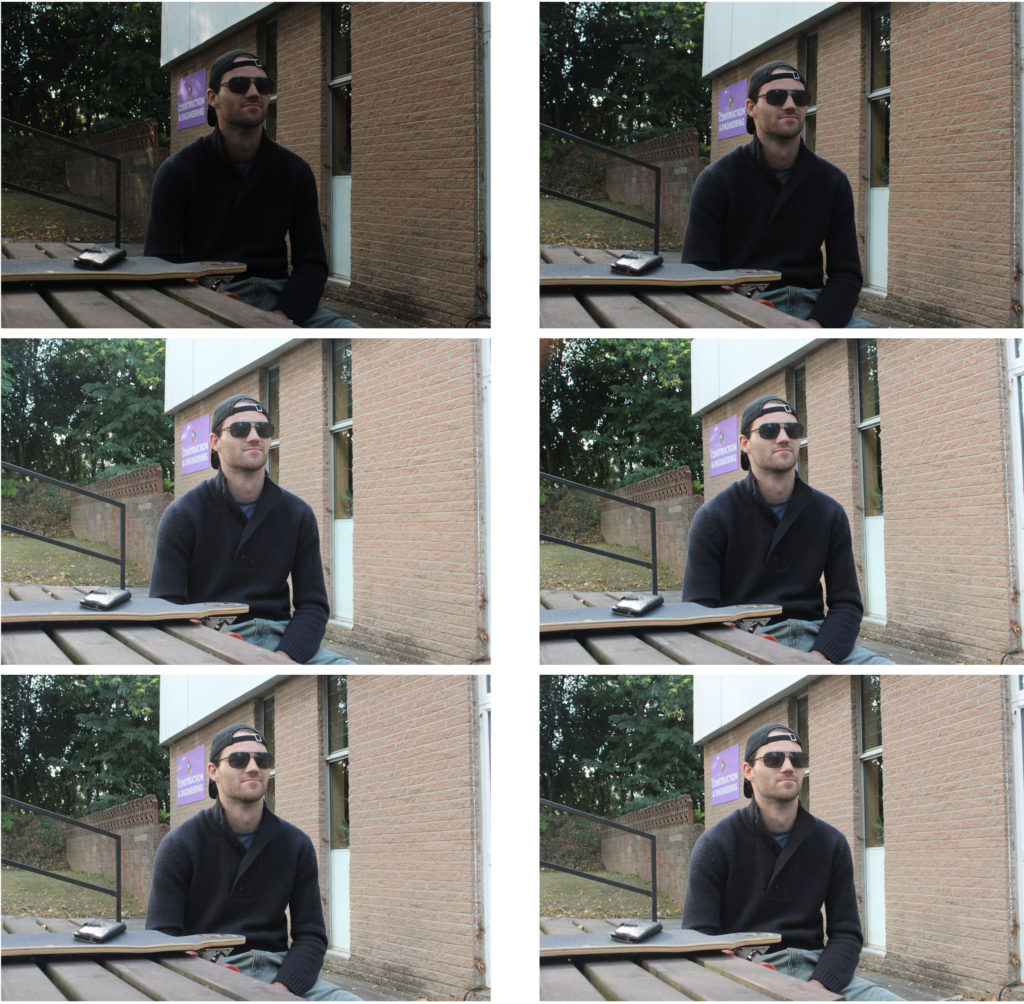

As shown in these frames as the ISO increases with each image the quality of the picture is reduced and seems more pixelated, this is often referred to as ‘noise’. Changes in ISO can allow photos to look more natural and visible, however the negative effect of a high ISO can sometimes defeat the object of changing the ISO.

However many photographers have used a high ISO to their images on purpose, in order to create the grainy effect.

